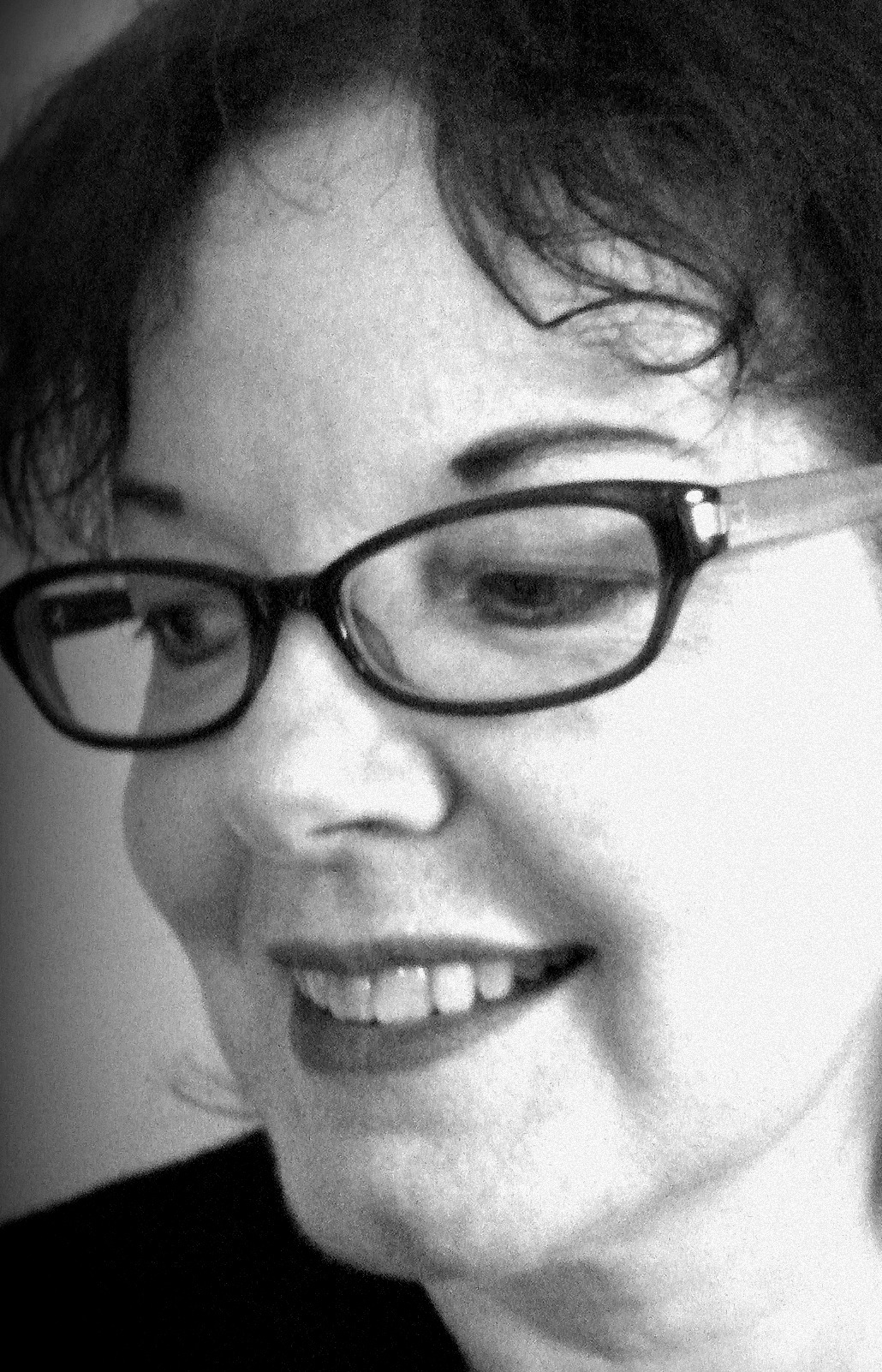In December last year I was in Melbourne so had a launching of The Party of Life at the wonderful Bar Oussou in Sydney Road, Brunswick. Poet and critic Peter Kenneally did the honours, and here he is, in video and text.
Twenty years ago I bought, with my own money mind, a small but exquisitely formed book of poetry called Things in a Glass Box from the Five Islands Press New Poets Series. Today I am pleased to be launching another, even smaller and more exquisitely formed book of poetry, this time from the Flying Islands Pocket Books series.
Beth’s writing has island-hopped, you might say, to China, joining in Kit Kelen’s pocketbook adventures, and part of the promise of this book is the extra, prospective, almost secret pleasure that translation offers to both the Chinese and the English speaking reader. I can only envy those who can read every page of this book in either language. What a sea of possibilities must open up to them! Fortunately even for an inadequate monolinguist, Beth’s work is exploration enough.
Things in a glass box’, Beth’s first book, has on the cover an image that is half mysterious object, and I realise now, looking at the right hand pages of this book, half pictograph. This image sums up perfectly the collecting, feeling world inside the book, so that even when, shamefully, but predictably, I did not actually open Beth’s book for ‘a number of years’, whenever I saw it mentioned, or caught sight of it on the shelf while searching or purging my collection, the image flashed the poetry out at me. to do , yet again, the thing. Because that’s what memorable poetry and art does isn’t it, the thing, and however minutely it is described, (not by me, obviously) it amounts to no more or less than that.
It was, in this case, the same thing that Joseph Cornell does, or Marcel Duchamp in his travelling box – and it wasn’t, and isn’t the same thing that any other poet does.
Beth’s book survived many purges, so it was no surprise to me that when I became reacquainted with it, and acquainted with Beth, thanks to the glorious internets, I immediately thought of the things in the glass box, and with the same result as ever. When I found about about her last book ‘Vagabondage’ I immediately knew it would do the same thing because the very idea of it did, and this is the marvel of it: the IDEA of living in a caravan and moving around writing about what arises from within and without, from now and before, is quite enough: if you add to that ACTUALLY living in a caravan etc etc, the riches pile up. As Roy and H G might say, too much caravan is never enough!
This little distillation we launch today flashes time and time over, I think, with Beth’s determination that, yes, here’s a lived and remembered life, unreservedly felt, but it’s felt through art. As Beckett didn’t say ‘Ever tried. Ever felt. No matter. Try Again. Feel again. Feel better.’ So when, at the start of ‘ The Museum of Fire’ she quotes Peter Tyndall ‘A person looks at work of art/ someone looks at something’ it is an ‘aha’ moment that lasts the whole book through, because like Tyndall Beth’s statement is always true, always the same and yet infinitely
Looking back, in this book, as twenty years of of art and evocation flow by, seen through the glass of a display case, a caravan window, or a train window, or even you would think, through Beth’s glasses, we see everything, as she does, with a cautious, cautionary, gaze: a gaze that demurs, deprecates, celebrates, and moves on. Always moves on.
There is something wonderfully historical about this book, burnished by its modern elegant lines: no museums now are like the museums in this book: the noise from the expresso machines and the compulsory interaction drown out the quavering thoughts of the poet. Even the most up to date monstrous Winnebago is at heart a little plywood caravan. Even, because we all seem to look inwards, into screens, into ourselves, nowadays, the insistence on simply looking out of a window, or even just of the window being there: “And my mother sits by a window knitting. The garment multiplies, thick and soft between her fingers. / and Gertrude Stein has Alice Toklas say ‘I like a view but / I like to sit with my back / turned to it.’”
Thanks to Flying Island, the view extends into Asia, and the right hand pages extend an invitation, to imagine other ways of saying, or simply to imagine, with no further education, Beth’s words flowing across the page in either direction in a multiple continuous caravanserai. And when you shut the book,and look at the cover it’s all very simple:
(hold up front cover) Beth Spencer is a work of art: (turn over) Beth Spencer looks at something. I give you: The Party of Life.
Peter Kenneally is a freelance editor, writer, reviewer and poet. His reviews appear regularly in The Australian, The Australian Book Review and other publications. His poems have been commended in the New Media section and selected for the anthology of the Newcastle Poetry Prize, and you can read some of his poems in Best Australian Poems 2015, and at Caught in the Net (including the beautiful sequence of poems, Memento Mori).
Thank you to Daryl Dellora for being contributing MC at the launch, to Emily Yuting Chen for reading in Mandarin, to Mary and Oussou at Bar Oussou for hospitality, to Maree Dellora for the beautiful big bunch of flowers and being so encouraging and lovely, to Janusz Molinski for the fabulous photos (at my facebook page), to Anita Hoare for filming Peter’s talk with my trusty little Sanyo, to everyone who came (some I hadn’t seen for decades!), and of course to my translators Ruby Chen and Iris Fan, and to Kit Kelen and Flying Islands/ASM for publishing The Party of Life.
The Party of Life is part of the Flying Islands Pocket Book series, and is available for $10 + $2 postage within Australia. If you are a Mandarin speaker/reader and would like a PDF copy (for free), just send me a message.
And if, like me, you love a good book launch speech, you can also read and watch Bernard Cohen’s launching of The Party of Life in Sydney at The Rochford Street Review.









![[The Party of Life, cover]](http://bethspencer.com/blog/wp-content/uploads/2012/11/sm-edged-front-cover-Party-of-life-227x300.jpg)

